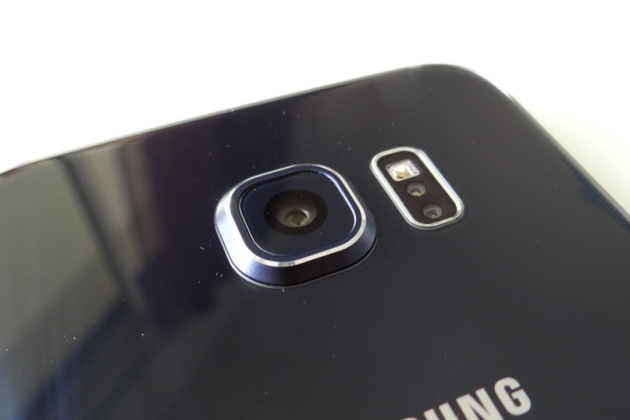This is information that we come Naver, a Korean media fairly well informed, would have collected about a Samsung employee. The latter would have revealed some information about the features of Samsung Galaxy S7. Let’s look at it more closely.
The Samsung will indeed be unveiled Mobile World Congress 2016, according to the Korean media. This is the first information we draw from the article, but it’s not the most interesting information. Indeed, the different variants of the Galaxy S7 are equipped with a “black” design more premium than previous editions. In the back, Samsung has opted for a 12-megapixel sensor with an optical aperture of f / 1.7. But what we found the Korean media is that with a smaller than the Galaxy S6 sensor (16 megapixels for recall), the Galaxy would S7 larger photosites. What does this mean?
The importance of photosites
In 2017, the key issue therefore would be a great piece of silicon as a piece of one cent euro, the so-called “photo sensor”. It’s probably the component that has the greatest influence on the quality of photos, a sensor that is lined with millions of “photosites” that convert light into digital signal. In photography, we see that when a photosite is large, it produces a quality pixel. Besides, this is the secret of making professional SLR. So I summarize:.? Less megapixels but better
Why larger photosites
As you know, when you take a picture in daylight, the light is abundant: hard to notice] a quality difference between two sensors, it can be played with optics. But when the lights dim, the sensors differ quickly. Photos quickly display the “noise” unsightly multicolored artifacts
By opting for larger photosites, Samsung therefore benefit from a strong argument. Better quality pictures in low light without flash . This is exactly what is observed between the iPhone 6 and iPhone 6S, Apple has reduced the size of photosites between the two devices, but increased the number of pixels. Consequence: in low light pictures were not as good as on the iPhone 6. Conversely, Google has chosen the Nexus and Nexus 5X 6P for larger photosites, the result was largely convincing. Another telling example: that of the HTC One M7 with its UltraPixel sensor. The idea was good on paper, but with a 4.3 megapixel sensor and poor software integration, HTC has finally changed its strategy on the following models.
Few surprises, we know “Britecell “
Last November, Samsung unveiled its Britecell technology. Britecell, it is for the sensor’s ability to provide brighter images. The builder removes green photosites and replaces them with white for a theoretically improved results in low light. The manufacturer had also mentioned a Smart WDR mode, which uses multiple exposures for which there is therefore difficult to understand the difference with HDR.
Finally, the Korean media also reveals what we know already: the Galaxy S7 is resistant to sand and water, like the Galaxy S5, and he would sign the great return of the microSD slot. If the subject interests you, we have grouped everything you need to know about the upcoming flagship Korean.

No comments:
Post a Comment